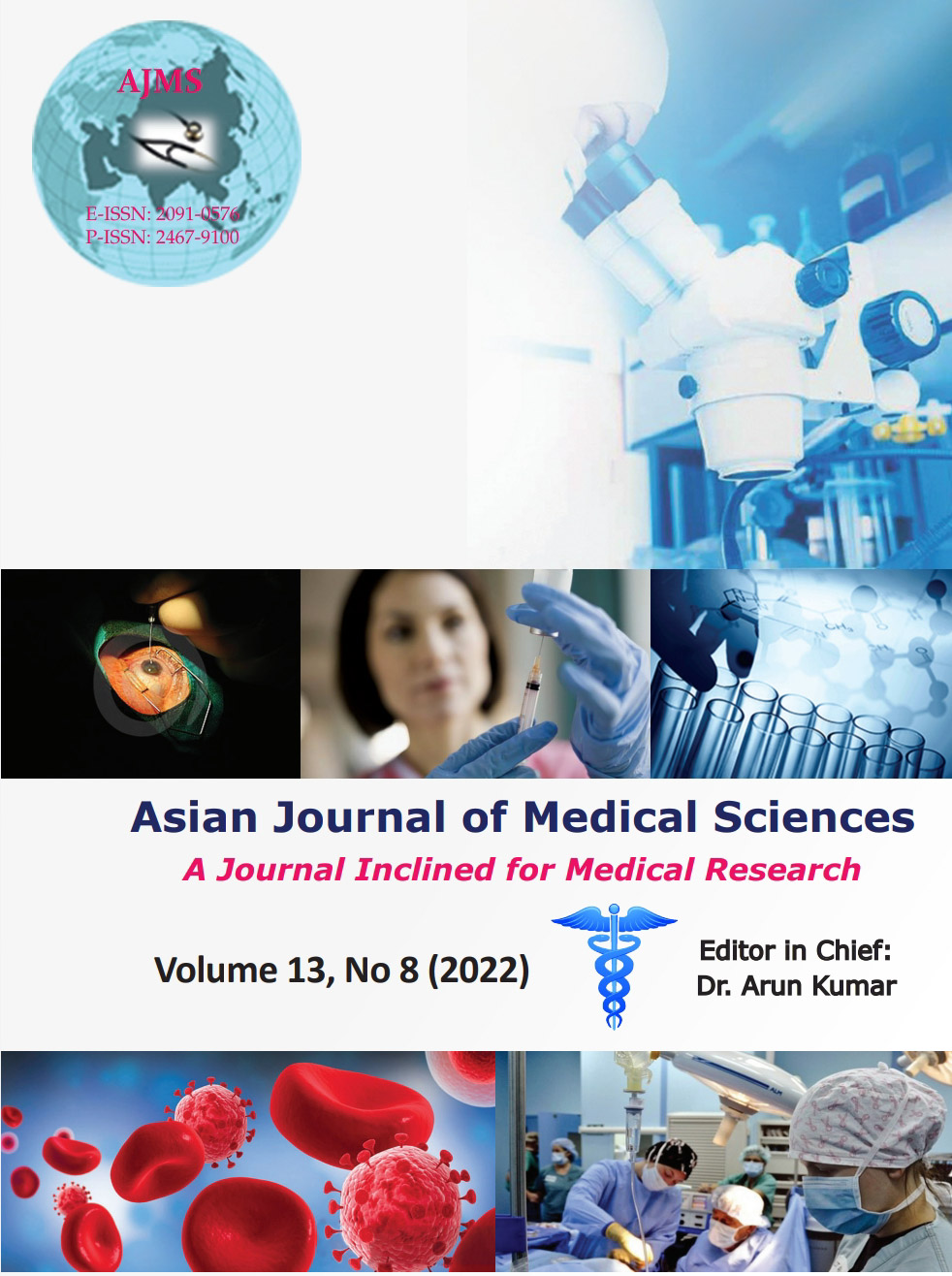Impact, impression, and innovations of objective structured practical examination in biochemistry curriculum of medical undergraduates
Keywords:
Assessment; Biochemistry; COVID-19; Objective structured practical examinationAbstract
Background: In the recent years, there is a huge paradigm shift of medical education in India from curriculum-based learning to learner-centered and time independent competency-based medical education. This paradigm shift was to rear and trains medical graduates to function as physician of first contact being globally acceptable. Due to this, the felt need of the hour was to find an assessment tool that is valid, reliable, devoid of subjective bias, and has the capabilities to assess the cognitive, psychomotor, and effective domain.
Aims and Objectives: In this context, this study was done to assess the impression and impact of objective structured practical examination (OSPE) in comparison to conventional practical examination (CPE). Due to the ongoing pandemic of COVID-19, there was some scope of organizing OSPE in virtual mode.
Materials and Methods: The study involved of 250 Phase I medical undergraduates of Nil Ratan Sircar Medical College. The response stations included charts, clinical problems, graphs, pictures, and critical analysis of reports.
Results: The mean scores in OSPE were higher than CPE. In our study, 51.3% strongly voiced that conducting OSPE was more scientific with uniformity in evaluation.
Conclusion: OSPE was preferred by the students as an assessment tool. Moreover, OSPE had a scope to be organized in Virtual mode.
Downloads
Downloads
Published
How to Cite
Issue
Section
License
Copyright (c) 2022 Asian Journal of Medical Sciences

This work is licensed under a Creative Commons Attribution-NonCommercial 4.0 International License.
Authors who publish with this journal agree to the following terms:
- The journal holds copyright and publishes the work under a Creative Commons CC-BY-NC license that permits use, distribution and reprduction in any medium, provided the original work is properly cited and is not used for commercial purposes. The journal should be recognised as the original publisher of this work.
- Authors are able to enter into separate, additional contractual arrangements for the non-exclusive distribution of the journal's published version of the work (e.g., post it to an institutional repository or publish it in a book), with an acknowledgement of its initial publication in this journal.
- Authors are permitted and encouraged to post their work online (e.g., in institutional repositories or on their website) prior to and during the submission process, as it can lead to productive exchanges, as well as earlier and greater citation of published work (See The Effect of Open Access).




